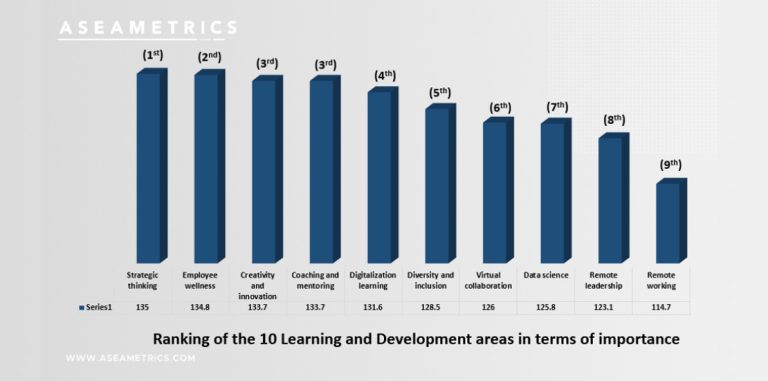

Virtual meetings have now become a crucial part of employee communication, engagement, and collaboration within an organization. However, they can be a pain point when not planned and executed well.
Usual Problems
- The meeting lacks structure and clear objectives.
- Some participants are not supposed to have been invited in the first place.
- The meeting runs too long.
- Attendees feel that they have no role in the meeting, so they work on other things while on mute.
- The meeting is just a very long PowerPoint presentation.
3 Ways to Make Virtual Meetings Effective
Your remote meetings do not need to be time-wasters — they can actually be more engaging and productive than face-to-face check-ins, provided that you take the time to plan and organize. Here are a few pointers.
Assess the necessity of the meeting
The first step is to determine whether you need the meeting to begin with; because let’s be real, a lot of the meetings we’ve attended should have just been emails. Virtual meetings should be a venue for your team to collaborate productively — to get things done. If your agenda for the meeting is to talk about the work that needs to be done, don’t send that meeting invite, and send an email instead.
Streamline your agenda
Don’t pack your meeting with too many objectives and end up losing focus and running the meeting too long. Limit your objectives to three at a time — choose which topics are the most important — and spend ample time addressing each. In coming up with the top objectives to include, it might help to ask yourself the following questions:
- What will the attendees learn from this meeting that they did not know before?
- How will this meeting change the participants’ perspectives and viewpoints?
- How will this meeting drive them to take action, and what actions are they going to take?
Ask the right questions
Now that you have narrowed down your objectives, make sure that how you present and discuss them would incite participation. We are so used to meetings that are 90% presentation and 10% Q&A. It is high time to change that. Allot at least 30% of your meetings to Q&A, discussions, and brainstorming. Now the challenge is driving participation. You can do this by asking smart questions at the end of the presentation other than the usual, “Are there any questions?” Here are better alternatives:
- How do you think our customers will view this initiative? What needs or concerns do you think we will have to address?
- What do you think people in your area or region will feel about this program? What questions do you think they will have?
Bottom line
Making virtual meetings effective and productive takes planning, careful facilitation, and a mindset shift. New communication and collaboration tools have been helpful in keeping everyone in the loop, and this means that meetings should be reserved for more productive interactions. You can do this by organizing your agenda and allocating more time to brainstorming, collaboration, and discussions.
ABOUT ASEAMETRICS
ASEAMETRICS is an HR Consulting firm established to provide solutions to help companies solve talent-related business problems. They are an expert at providing technology-based solutions to help companies identify, develop, and manage the human resource for business success, today and in the future.
Integrated into the company’s high-impact services are advanced technologies through HR Avatar (for E-Testing), Udemy (for E-Learning and Competency Development), Arbinger (for E-Learning – Mindset Change), Withiii (E-Organizational Development), ESM (E-Strategy Management), and HopeChat VP (E-Psychological Services).






